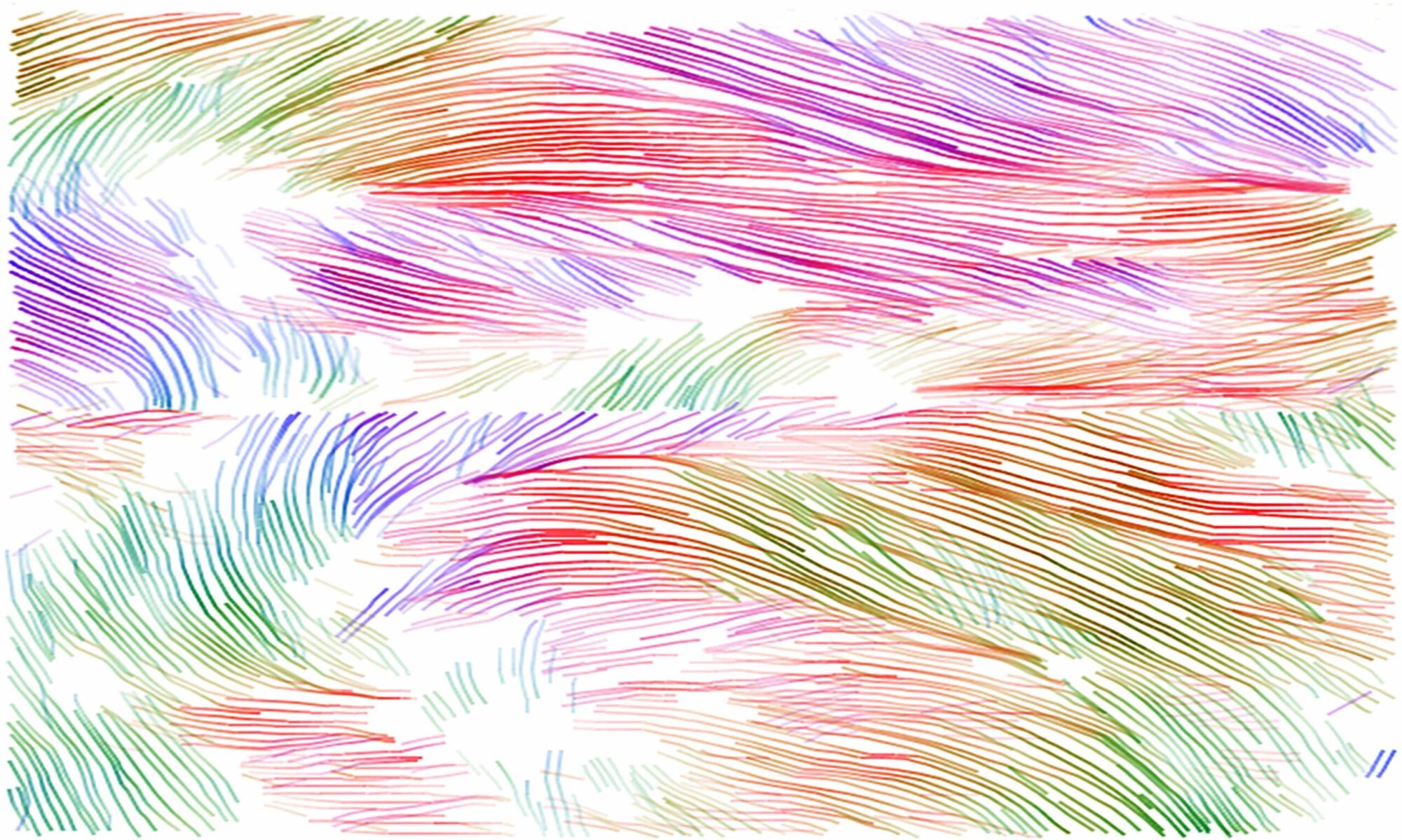All times below are in Pacific Time (GMT -7).
Thursday, August 10: Plenary Session
Boyce Chang, Chair of the User Executive Committee
Jeffrey Neaton, Associate Laboratory Director for the Energy Sciences Area
Kristin Persson, Director of the Molecular Foundry
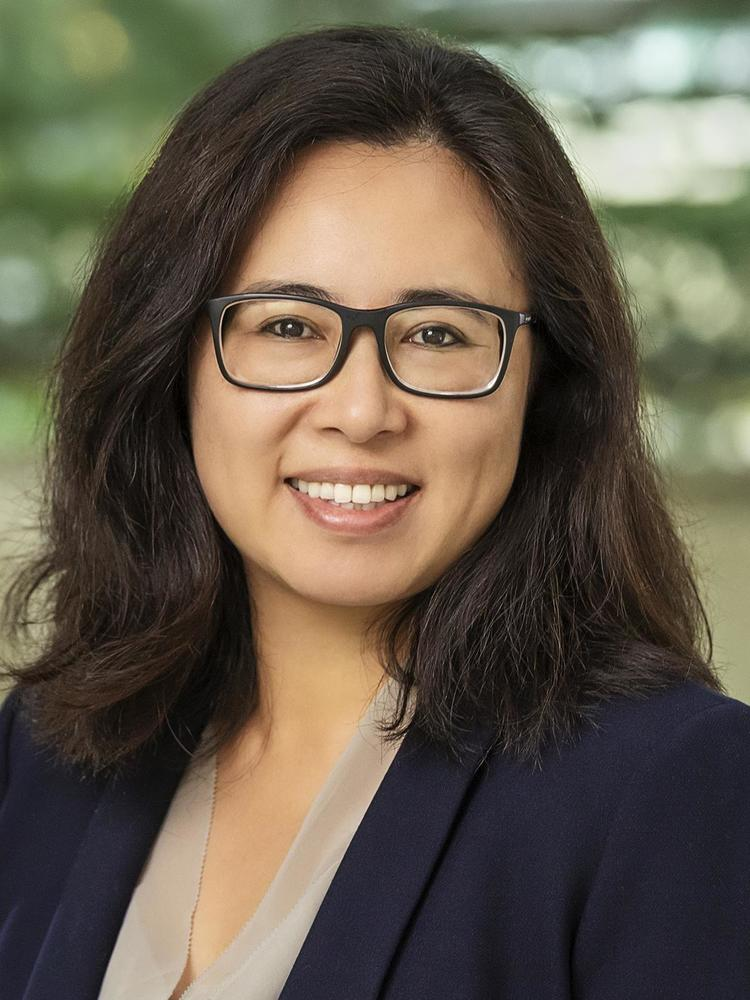
New platforms for quantum sensing and quantum computing
Nathalie de Leon
Associate Professor, Princeton University
The nitrogen vacancy (NV) center in diamond exhibits spin-dependent fluorescence and long spin
coherence times under ambient conditions, enabling applications in quantum information processing and
sensing. NV centers near the surface can have strong interactions with external materials and spins, enabling
new forms of nanoscale spectroscopy. However, NV spin coherence degrades within 100 nanometers of the
surface, suggesting that diamond surfaces are plagued with ubiquitous defects. I will describe our recent
efforts to correlate direct materials characterization with single spin measurements to devise methods to
stabilize highly coherent NV centers within nanometers of the surface. We deploy these coherent shallow NV
centers for a new nanoscale sensing technique, whereby we use covariance measurements of two or more NV
centers to measure two-point magnetic field correlators.
Our approach for correlating surface spectroscopy techniques with single qubit measurements to
realize directed improvements is generally applicable to many systems. Separately, I will describe our recent
efforts to tackle noise and microwave losses in superconducting qubits. Building large, useful quantum
systems based on transmon qubits will require significant improvements in qubit relaxation and coherence
times, which are orders of magnitude shorter than limits imposed by bulk properties of the constituent
materials. This indicates that loss likely originates from uncontrolled surfaces, interfaces, and contaminants.
Previous efforts to improve qubit lifetimes have focused primarily on designs that minimize contributions
from surfaces. However, significant improvements in the lifetime of planar transmon qubits have remained
elusive for several years. We have recently fabricated planar transmon qubits that have both lifetimes and
coherence times exceeding 0.3 milliseconds by using tantalum as the material in the capacitor. Following this
discovery, we have parametrized the remaining sources of loss in state-of-the-art devices using systematic
measurements of the dependence of loss on temperature, power, and geometry. This parametrization,
complemented by direct materials characterization, allows for rational, directed improvement of
superconducting qubits.
10:10 AM
25-minute break
10:35 AM
User Highlight
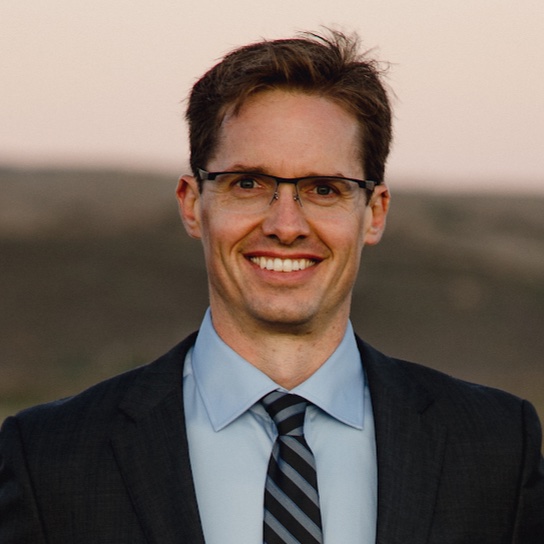
Electrochemical Carbon Conversion for a Fossil-Free Future
Jason Cooper
, Twelve
Twelve is the carbon transformation™ company eliminating emissions from everyday products and corporate supply chains by converting CO2 into the chemicals, materials, and fuels that make up our modern world. The process of carbon electrolysis uses just water and renewable energy as inputs to transform CO2 emissions into thousands of products, from apparel to jet fuel. This talk will discuss the development of CO2 electrolyzers for the production of CO and syngas, which are subsequently converted into sustainable aviation fuel (SAF), heavy marine fuel, and polymers. The Molecular Foundry at LBNL has been a key partner in the development of Twelve’s CO2 electrolysis technology, from Twelve’s early days as part of the LBNL Cyclotron Road program through the present. This talk will highlight how this partnership has enabled the development of scalable CO2 electrolyzers for a fossil-free future.
11:00 AM
User Highlight
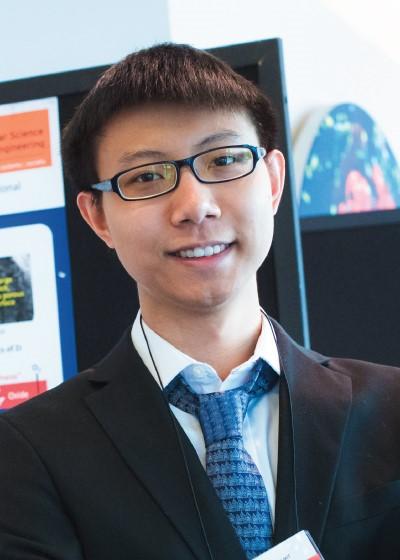
One Dimensional Wormhole Corrosion in Metals
Yang Yang
, Penn State
Corrosion is a ubiquitous failure mode of materials. Often, the progression of localized corrosion is accompanied by the evolution of porosity in materials previously reported to be either three-dimensional or two-dimensional. However, using new tools and analysis techniques, we have realized that a more localized form of corrosion, which we call 1D wormhole corrosion, has previously been miscategorized in some situations. Using electron tomography, we show multiple examples of this 1D and percolating morphology. To understand the origin of this mechanism in a Ni-Cr alloy corroded by molten salt, we combined energy-filtered four-dimensional scanning transmission electron microscopy and ab initio density functional theory calculations to develop a vacancy mapping method with nanometer-resolution, identifying a remarkably high vacancy concentration in the diffusion-induced grain boundary migration zone, up to 100 times the equilibrium value at the melting point. Deciphering the origins of 1D corrosion is an important step towards designing structural materials with enhanced corrosion resistance.
11:25 AM
User Highlight
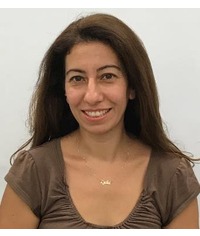
Electronic Structure Calculations of Donor/Acceptor Materials for Thermally Activated Delayed Fluorescent Devices
Seyhan Salman
, Clark Atlanta University
The active layers in organic electronic devices usually consist of blends containing two or more molecular and/or polymeric components. For instance, in organic solar cells and organic light-emitting diodes (OLEDs) based on thermally activated delayed fluorescence (TADF) exciplexes, two components present are an electron-donor and an electron-acceptor material where their lowest intra-molecular and inter-molecular excitations generally display a strong charge-transfer (CT) character. The challenge for theory is the accurate determination of the electronic processes that take place in the organic electronic devices which requires a quantum mechanical methodology that can adequately describe both the intra-molecular and inter-molecular excited states in the active layers. Density Functional Theory (DFT) is a cost-effective and reliable method for the evaluation of the electronic states of the multicomponent organic molecular materials. However, DFT is highly sensitive to the choice of the functional for a satisfactory description of the CT states. In this talk, we will present the DFT calculations by means of a screened version of range-separated-hybrid (RSH) functional for the description of the excited states of organic donor/acceptor compounds used as active layer emitters in TADF OLEDs. We will show that the screened RSH functionals along with the optimally-tuned range separation parameter provide the most satisfactory description of the CT states and can be used to derive the microscopic parameters that control the radiative and non-radiative transitions in donor/acceptor compounds.
Friday, August 11: Plenary Session
11:00 AM
Keynote
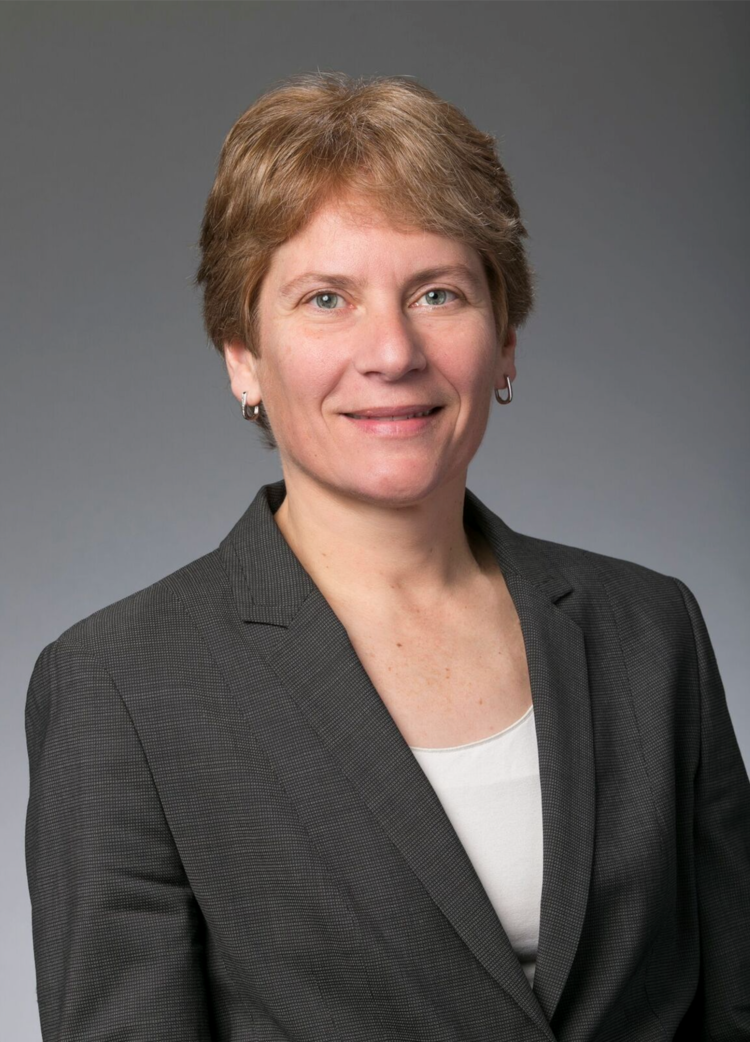
Bioorthogonal chemistry, the journey from basic science to commercial translation
Carolyn Bertozzi
Stanford University
Bioorthogonal chemical reactions are designed to neither interact nor interfere with biological systems. We originally invented these chemistries for applications in biological research, disease diagnostics and drug development, but their use has been extended to fields as diverse as plant biology and materials science. This presentation will provide an historical account of the field’s development and current directions in the area of clinical translation.
12:00 PM
Award Announcements
